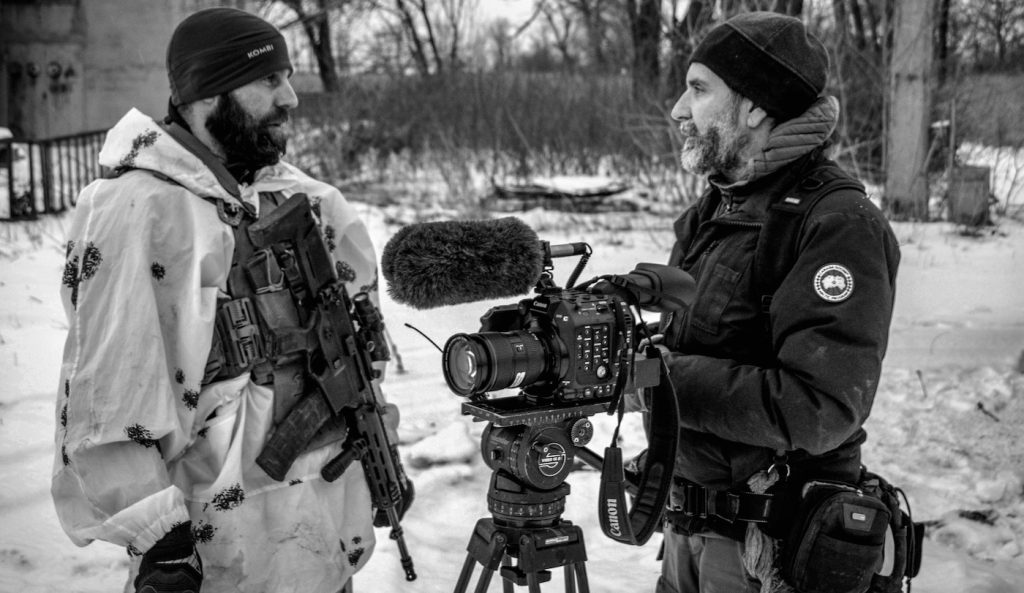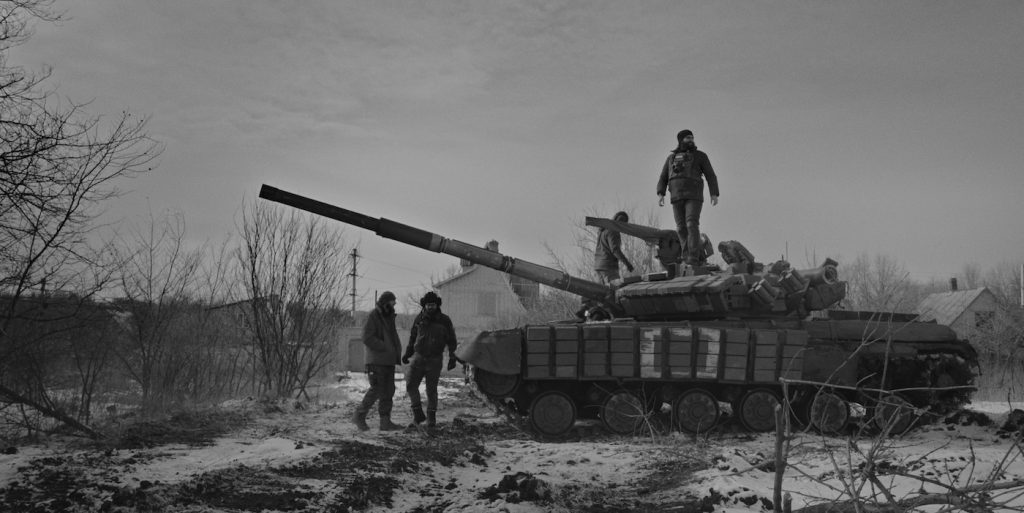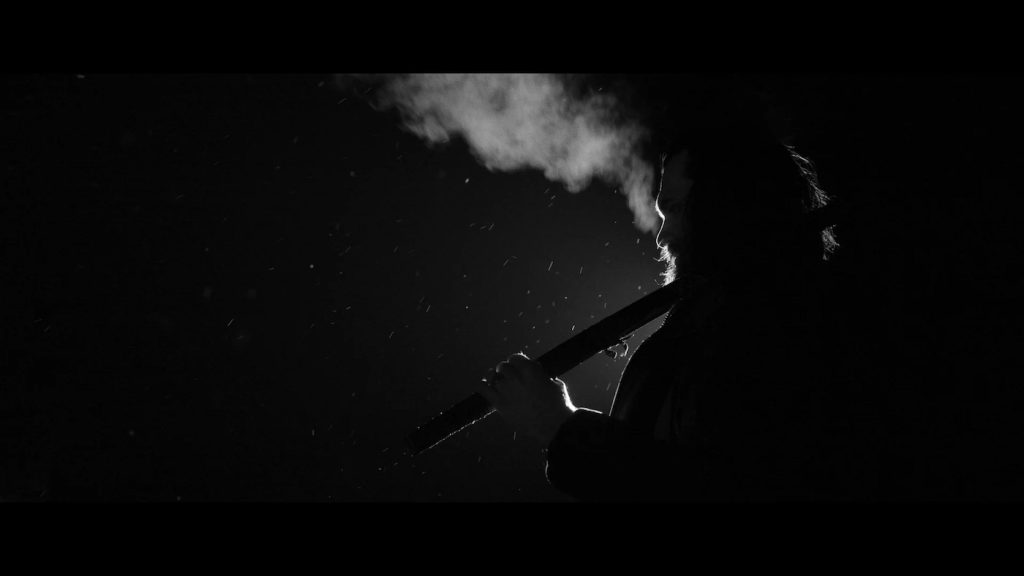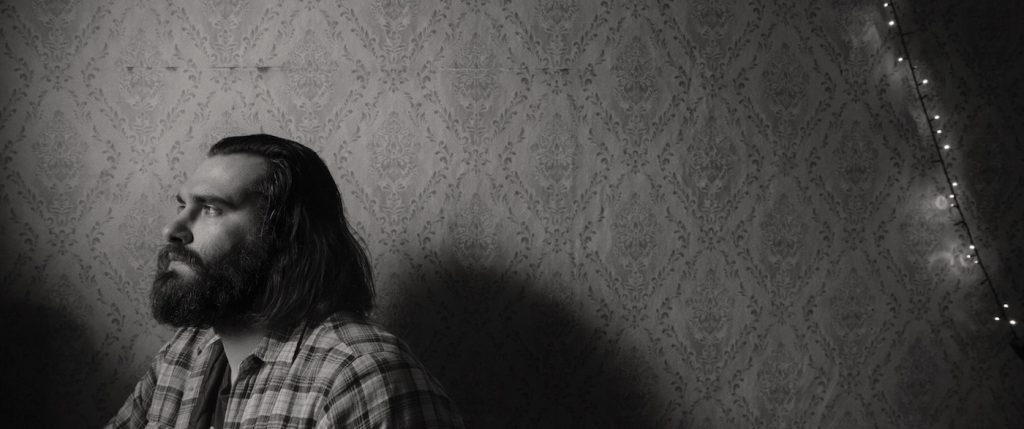From Tragedy to Art: How Director Olivier Sarbil’s War Injury Inspired the Deeply Personal “Viktor”
At first glance, Olivier Sarbil doesn’t look like someone who’s danced with death, but once you hear his story, you’ll wonder how he’s still here to tell it.
Born on the French island of Corsica, at 21, he joined the military as a paratrooper. Stationed in Rwanda, he witnessed the genocide of the Tutsi people, where more than 800,000 people lost their lives. The experience set Sarbil on a path documenting social conflicts, first photographing struggles in Myanmar and later protests between the Red Shirts and the Thai government. He picked up a video camera in 2016 to document a nine-month battle between Iraqi Special Forces and the Islamic State to retake the city of Mosul. The project marked his directorial debut, which you can watch online for free thanks to PBS.
The following year, he documented the Philippines’ drug war, where then-president Rodrigo Duterte led a campaign to slaughter the country’s drug addicts. Sarbil’s documentary On the President’s Orders resurfaced at the International Criminal Court as Duterte now faces charges for his alleged crimes. And more recently, Sarbil was embedded with U.S. Special Forces in Afghanistan as the final troops left the war-torn country for the film Retrograde. But the moment that changed his life forever was being wounded by a grenade while documenting a civil war.
“I’ve been covering war and conflict for the last two decades, and in 2011, during the Libyan revolution, during the Battle of Sirte, I was very, very badly injured by an RPG, and I spent nine months in hospital,” he shares with The Credits. “I lost a part of my right hand and I lost hearing in my right ear, so I became single-sided deaf.”
Though tragic, the incident inspired him to create Viktor, a remarkable documentary about Viktor Korotovskyi, a deaf photographer fascinated by samurai films during the early days of Russia’s invasion of Ukraine. “I think over the years, single-sided deafness really reshaped the way I understand the world, and of course, sound. And that’s why I wanted to tell the story of a deaf man with the backdrop of war,” he says.

But Viktor isn’t your typical war doc; it’s a deeply human story told through its subject while being a reflection of its creator. “When I started to talk with Darren Aronofsky [who serves as producer] and his team, what was very important for me was to make a war doc that was going to be different. I really wanted to do something a bit more personal. I think telling the story of a deaf man in wartime also became a more personal journey for me. I think Viktor helped me face my own struggles because there are a lot of similarities between us.”
How did you find your subject, Viktor Korotovskyi?
I was trying to cast someone from the deaf community in Ukraine, and I found Viktor through Facebook, which is still very popular. When I went to meet him in Kharkiv, that’s when the magic happened. As a filmmaker, I could see this amazing character, who is very natural on camera. He had so much aura, and I immediately knew he would be able to carry the film.
Viktor’s Instagram showcases his keen eye for photography, and the images he posts feature a rich, monochromatic aesthetic. Did you want to reflect his style in the visual language?
When it comes to the documentary, I never think about the visual grammar beforehand. I really need to be on the ground, understanding the space, the light, and most importantly, try to build that trust with my contributor. And when my relationship is getting deepened, this is when I start to establish the visual grammar for the theme. For example, the black and white you mentioned, Viktor believed that the black and white bring a greater sense of fairness and balance to the world. This is using his own words. So, that’s one of the reasons why we use black and white. To reflect Viktor’s poetic world, the way he sees it, and the way he wants to be seen.

Part of the sonic story is told through Viktor’s point of view and how he hears the world. How did that aural landscape develop?
At the very early stage of the filmmaking process, we knew that the sonic impression would play a vital role. I was very privileged and honored to work with an amazing team of sound designers, Peter Albrechtsen, Heikki Kossi, and Nicolas Becker. They have extensive experience working with the deaf community and were the sound team on Sound of Metal. So, the idea was really to use a very organic approach to create the sound of Viktor’s world and to really help the audience understand what’s happening inside Viktor’s body.
How did the team create the sounds we hear from Viktor’s perspective?
Of course, there is always a subjective element because we will never know 100% what Viktor can hear. But we did use some specific tools. We used a stethoscope with a mic. What’s interesting is that it’s not only capturing the heartbeat but also the movement. There is so much sound happening inside our own bodies, and it’s very, very interesting to record this perspective. We also rerecorded all the natural sounds that I picked up during filming and rerecorded them through a hearing aid device. And the way we use those muffled sounds was very subjective. We didn’t have any rules for when to use the muffled sound; we just followed our instinct and the story arc and emotion.

Part of Viktor’s story is his desire to make his deceased father proud. How did you find that arc?
It’s interesting that you mentioned this about the father, because I wanted to give Viktor more self-empowerment. The voiceover that you hear is Viktor talking, which was written by Viktor himself.
Was the narration part of that self-empowerment?
I asked Viktor to document his thoughts, feelings, and emotions in a journal every other day so we could use it for the voiceover. So I will ask him, for example, Viktor, can you write about darkness? Can you write about the night? Can you write about your father, the cat, or even the meal that you just made? He wrote about 50 pages, which we cut down to maybe one page for the voiceover. We opted for narration instead of the classic documentary interview, and I believe we created a space for authentic self-reflection that captures a world with greater intimacy than a traditional interview.

One poignant (yet favorite) scene is when Viktor visits a soldier who recently lost his hearing.
It’s a beautiful moment, and it was something totally unexpected. We had people from the deaf community who contacted us during the filming process, and they told us that one soldier lost his hearing during the battle. And for someone like me, who lost half of his hearing during a battle, and for Viktor, a deaf man who always wants to be better, there was almost like a symbiosis between the three of us. It was a very emotional moment.
Before Viktor reaches the front lines, there is a sense that he romanticizes war. Do you think his thoughts have evolved since?
Is he a different man? I think he is still impressed by the way of the samurai, but perhaps not as much as the warrior, rather showing compassion and empathy. But by the end, I didn’t want to be very literal or have the absolute answer. I know that deep inside, he still may have that desire, or regret, that he has not been able to fight on the front line.
Viktor is released in select theaters on October 3.
Featured image: “Viktor.” Courtesy Cinephil.



